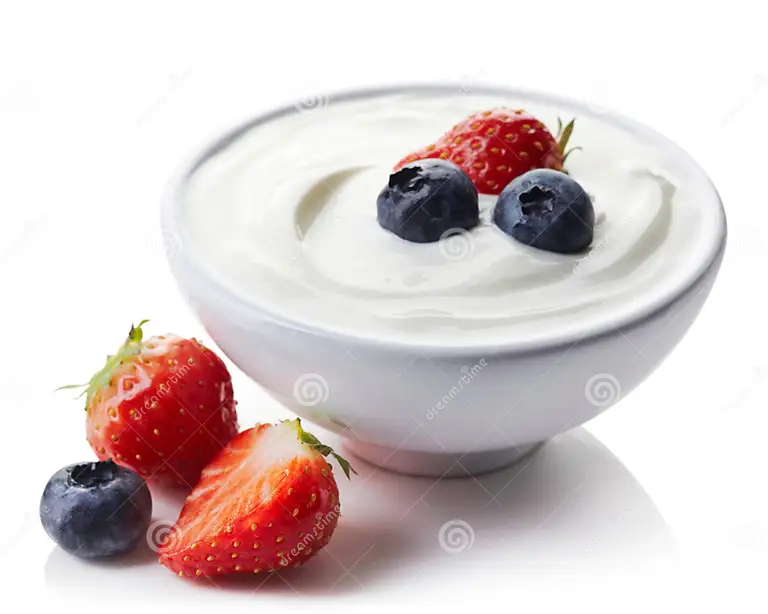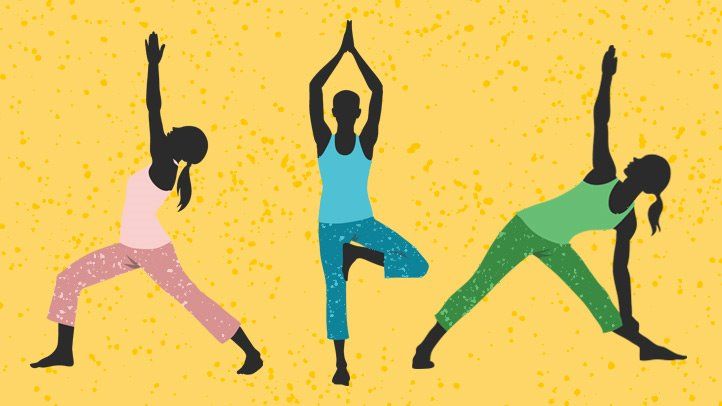Featured Project which my best projects be choice to show.

Yogurt Project
Fermented milk in India is a reflection of the culture, traditions, and food habits of this country. They form an integral part of the daily meal of the people of India, Pakistan, Bangladesh, and some neighboring countries. Among the various fermented milk products, dahi, a lactic fermented milk product, is considered one of the oldest and widely consumed. It has a very close resemblance to yogurt and is popular by different names in different parts of India. Dahi is consumed as such or with the addition of sugar or salt. It is a nutritiously balanced food containing almost all the nutrients present in milk but in a more assimilable form. Its quality and shelf-life are largely defined by the type and quality of milk, quality and kind of starter culture used, and processing parameters such as heat treatment, incubation conditions, type of packaging, and storage conditions. It forms the base for the preparation of a number of other fermented products such as lassi, chhach, and shrikhand. Dahi and its related products are well recognized for their therapeutic properties, particularly in curing gastrointestinal disorders. Dahi has a number of nonfood applications related to traditional customs and beliefs. Additionally, it has been recognized for its cosmetic applications. The production of dahi and its related products is still largely confined to the unorganized Indian dairy sector and is considered a significant contributor to the economy of this sector. Recent decades saw the production and commercialization of dahi and its related products by the organized sector. Recent research works on dahi has increasingly focused on validating the nutritional and therapeutic benefits of dahi as well as its value addition through incorporation of functional ingredients such as probiotics.
Weather Project
The United States is about to embark on an experiment inspired by one of the New Deal’s most popular programs. On Wednesday, the Biden administration authorized the creation of the American Climate Corps through an executive order. The program would hire 20,000 young people in its first year, putting them to work installing wind and solar projects, making homes more energy-efficient, and restoring ecosystems like coastal wetlands to protect towns from flooding. The idea has been in the works for years. It was first announced in President Joe Biden’s early days in the White House in January 2021, tucked into a single paragraph in an executive order on tackling the climate crisis. At the time, it was called the Civilian Climate Corps — a reference to President Franklin D. Roosevelt’s Civilian Conservation Corps, launched in 1933 to help the country survive the Great Depression, which was responsible for building hundreds of parks, including Great Smoky Mountains National Park, as well as many hiking trails and lodges you can find across the country today. Early versions of Biden’s trademark climate law that passed last year, the Inflation Reduction Act, included money for reviving the CCC. But that funding got cut during negotiations last summer with Senator Joe Manchin, a Democrat from West Virginia, and the program was assumed dead.


Yoga Project
Yoga is a group of physical, mental, and spiritual practices or disciplines which originated in ancient India and aim to control (yoke) and still the mind, recognizing a detached witness-consciousness untouched by the mind (Chitta) and mundane suffering (Duḥkha). There is a wide variety of schools of yoga, practices, and goals in Hinduism, Buddhism, and Jainism,and traditional and modern yoga is practiced worldwide. Yoga-like practices were first mentioned in the ancient Hindu text known as Rigveda. Yoga is referred to in a number of the Upanishads. The first known appearance of the word "yoga" with the same meaning as the modern term is in the Katha Upanishad,which was probably composed between the fifth and third centuries BCE. Yoga continued to develop as a systematic study and practice during the fifth and sixth centuries BCE in ancient India's ascetic and Śramaṇa movements.The most comprehensive text on Yoga, the Yoga Sutras of Patanjali, date to the early centuries of the Common Era; Yoga philosophy became known as one of the six orthodox philosophical schools (Darśanas) of Hinduism in the second half of the first millennium CE.Hatha yoga texts began to emerge between the ninth and 11th centuries, originating in tantra.